The New Normal: Part of a new series of articles focused on restaurant recovery; issues, best practices, and process changes that will become part of everyday business going forward.
Like most of the country, our home state of Ohio is under a stay-at-home order that has severely impacted the restaurant industry. As restaurants struggle to find sources of revenue, Ohio’s Governor, Mike DeWine, recently announced a change to the laws around the takeout and delivery of alcohol for restaurants in the state of Ohio.
Throughout this crisis, the governmental leadership of Ohio has been at the forefront concerning policies and procedures. Many states have subsequently followed the lead set by Ohio. Because alcohol sales can sometimes be greater than 30% of a typical restaurant meal bill, we would expect to see other states adopting similar exceptions during the COVID-19 crisis.
But offering alcohol for takeout and delivery may not be quite as simple as it might seem at first glance. Let us help you to do it right with these tools and tips.
The Ohio Model
Although Ohio has made a change to its laws for alcohol delivery and takeout, it doesn’t mean that anything goes. There are some restrictions and guidelines.
First and foremost, you need to already have a liquor license. This new order is not a blank check for any restaurant to start serving alcohol.
Here is the shortlist of basic guidelines for the Ohio program:
- The permit holder may sell and deliver drinks that it prepares on the premises for a personal consumer for off-premises consumption
- Spirituous liquor drinks cannot contain more than two ounces of spirituous liquor per container
- All drinks sold must be in a closed container
- Any sale under this paragraph shall include a food purchase from the premises
- No more than two drinks may be sold per meal
- The permit holder must comply with all applicable state tax laws
- The permit holder remains subject to all liquor laws and rules including hours of operation, minimum age requirements, and the prohibition against sales to intoxicated persons.
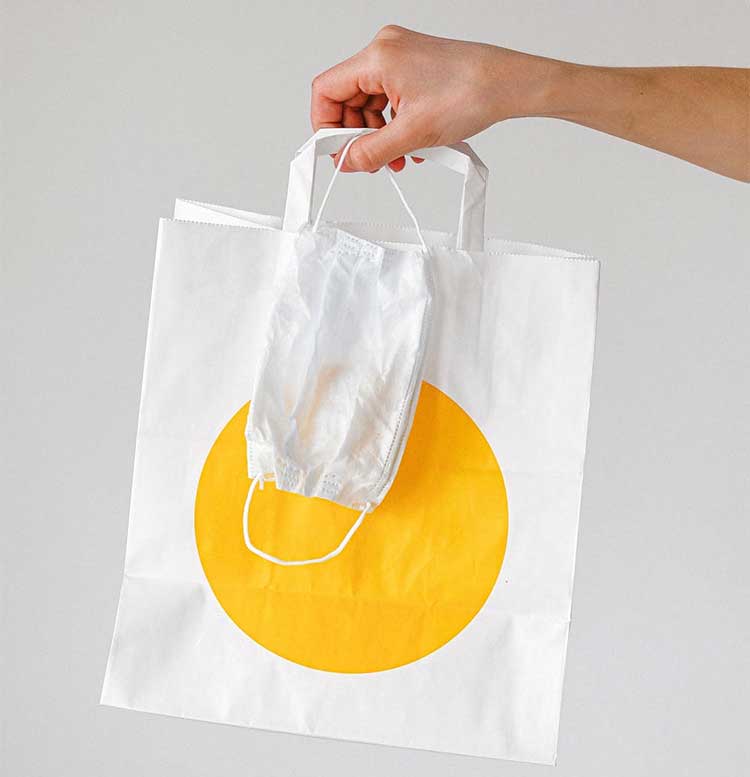
Must Be Sold With Food (Mostly)
The new rules state that you can sell two drinks per meal. The term “meal” is not clearly defined, but we would venture to guess that this means “per entree.” So if you sell two entrees, you should be able to sell 4 alcoholic beverages. But for restaurants, the most important issue is that alcoholic drinks must be accompanied by a food purchase.
There is a small variation for breweries. The rule allows breweries to sell beer and wine that is not their own without the purchase of food. But any higher proof alcohol sales must be in association with a food purchase.
Stay Legal
While the opening up of alcohol sales is a welcome change for many Ohio businesses, it does not remove the existing rules and laws on alcohol sales.
The two biggest issues here are the age of the server and the need for closed containers. Let’s get specific on each of these issues.
Age Restrictions
The Ohio code is pretty specific about who can handle alcohol and under what circumstances. Per the code:
“No intoxicating liquor shall be handled by any person under twenty-one years of age, except that a person eighteen years of age or older employed by a permit holder may handle or sell beer or intoxicating liquor in sealed containers in connection with wholesale or retail sales, and any person nineteen years of age or older employed by a permit holder may handle intoxicating liquor in open containers when acting in the capacity of a server in a hotel, restaurant, club, or night club…”
“Sealed container” means any container having a capacity of not more than one hundred twenty-eight fluid ounces, the opening of which is closed to prevent the entrance of air.
For alcohol delivery and takeout, this definition will cover just about all relevant situations. But there are even more issues to consider, both for the business owner and the safety of its customers.
Delivery Risks
We have covered the potential risks with food delivery before. But when you add alcohol to the mix, you get a whole other level of risk and temptation.
The recent Ohio order does not directly speak to the issue of third party delivery services or delivery drivers in general. However, the age laws still apply regardless of who is handling the alcohol. The rules also don’t say anything about the use of tamper-evident packaging, but you need to consider doing so for your liability and your customers’ safety.
If the drinks ordered can fit in a bag, you may be able to get away with using a simple stapler as your method of providing tamper-evident packaging.
But often you are going to need to use some sort of drink carrier for carryout or delivery. In this case, you will need to use another method.
If you are using standard plastic drinkware, you can use a simple and effective tamper-evident adhesive strip. With a sturdy adhesive and a straw-hole seal, you can ensure that the container is not opened while simultaneously allowing for easy straw access. It’s the best of both worlds.
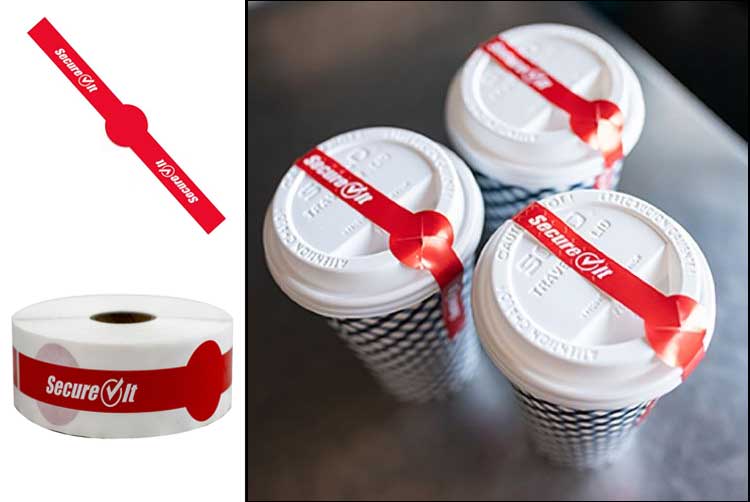
Non-Disposable Options
Single-use disposables have been declining over the last several years as we come to better understand the environmental impact of using those types of products. But current circumstances have seen a resurgence in the use of disposables. Fortunately, you do have some non-disposable options for alcohol takeout and delivery.
One of the best options is to use the classic mason jar with a lid. It is both transportable and compliant with the sealed container rules.
You will still need to use a tamper-evident seal for delivery, but these jars fit nicely into drink carriers or can be placed in a stapled bag for tamper-evident delivery.
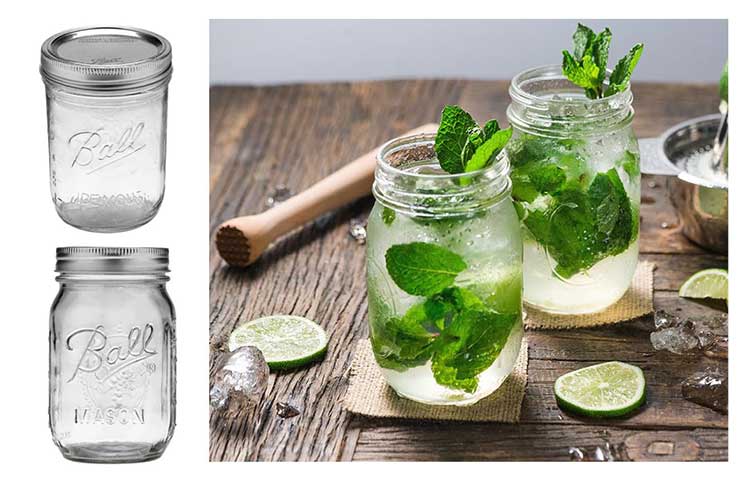
Wine Delivery
Restaurants are taking steps to survive in any way they can. And for some, that means selling off some of their wine collections. These fine wines are assets for the restaurants that still have some value during the COVID-19 crisis. And selling off these bottles provides a revenue source for restaurants that find themselves with limited options.
Fortunately, there are already products in place to make wine delivery & takeout safe, compliant, and convenient.
Many restaurants already use wine bags for takeout for customers that did not finish an entire bottle ordered with a meal. These bags feature a reinforced handle and a tamper-evident adhesive seal.
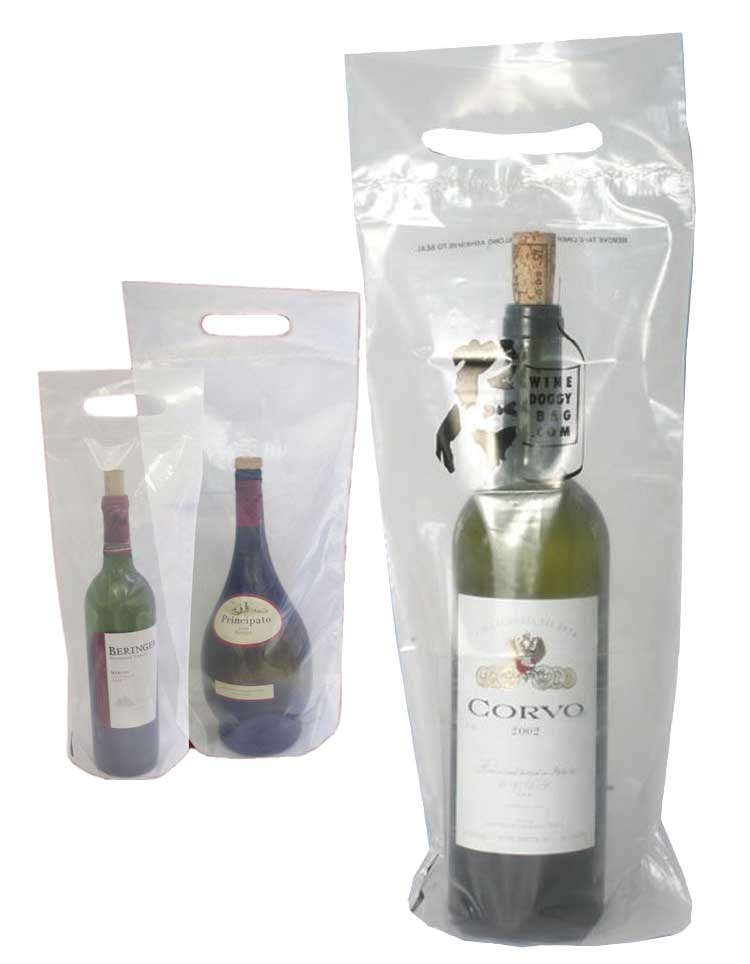
Beer on Tap
Bottles and cans of beer are fairly straightforward from a retail perspective. But what do you do if you have beers on tap? Stale beer is a real thing and beer doesn’t keep well forever. But there are solutions that microbreweries have been using for years: The Growler.
By filling your own growlers, you can package your tap beer in a compliant manner with the addition of a tamper-evident adhesive sticker for delivery.
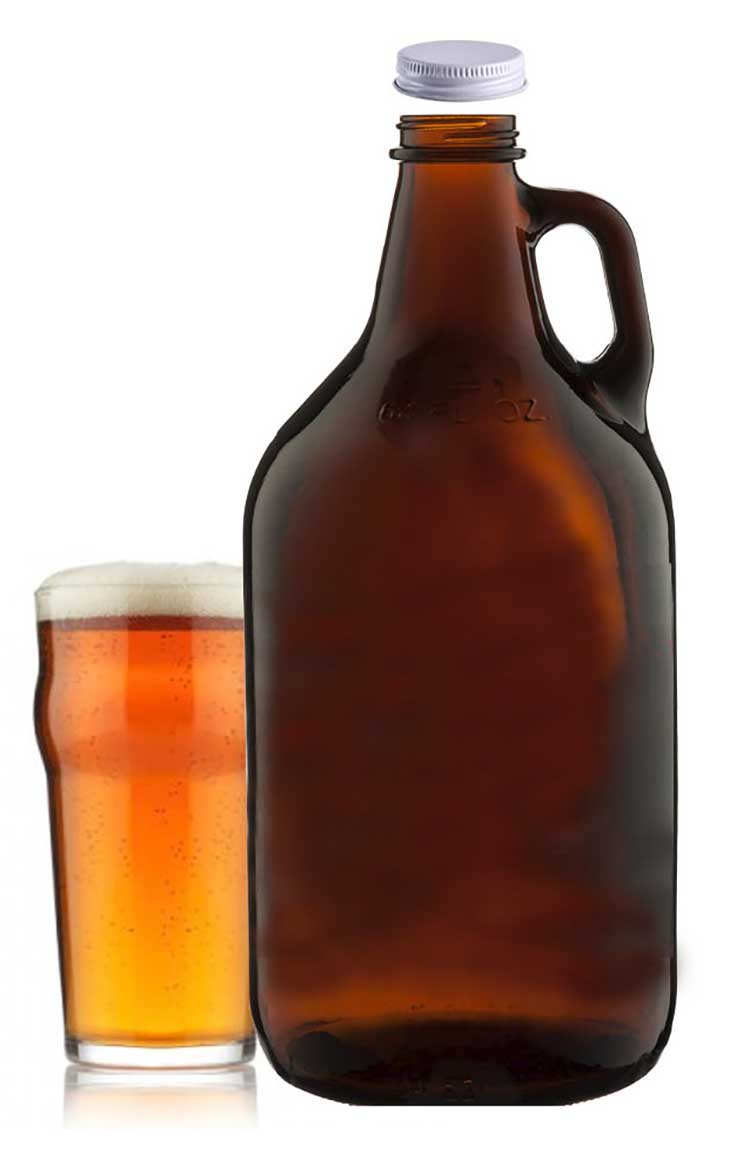
Make it Easy to Carryout…More!
This might seem like a no-brainer, but it is worth mentioning as many restaurants have recently pivoted to takeout and delivery exclusively and may never have considered the need for one important item: Drink carriers.
The humble drink carrier is a staple of the fast-food industry. But for restaurants that are used to table service, this is one item they may not already have.
The concept is simple: A drink carrier allows the customer (or delivery driver) to carry up to 4 beverages simultaneously and sometimes, even with a single hand.
As this program begins to spread, we would anticipate food orders with additional alcohol purchases may result in orders with multiple drinks attached. Hence, the need for drink carriers.
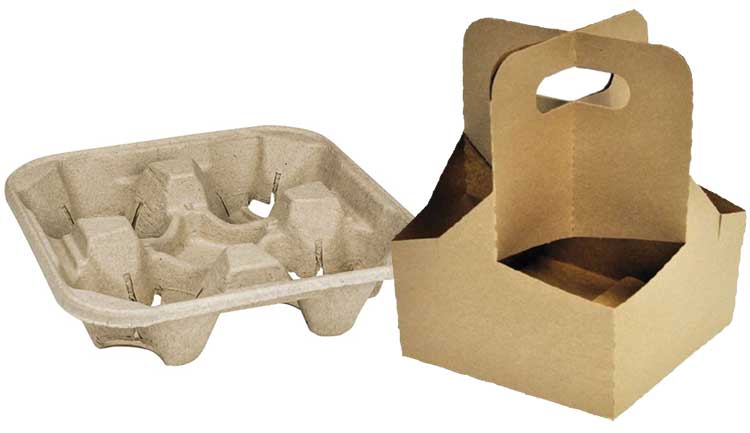
Alcohol Delivery & Takeout: Every Little Bit Helps
Simply adding alcohol for takeout & delivery isn’t going to solve the immense problems facing the restaurant industry. But as businesses look for every opportunity to survive, adding alcohol sales is a welcome relief. Any source of revenue that takes advantage of an existing product (i.e. beer, wine, and liquor already on-hand) and established processes that do not violate state mandates could be a lifeline for many businesses.

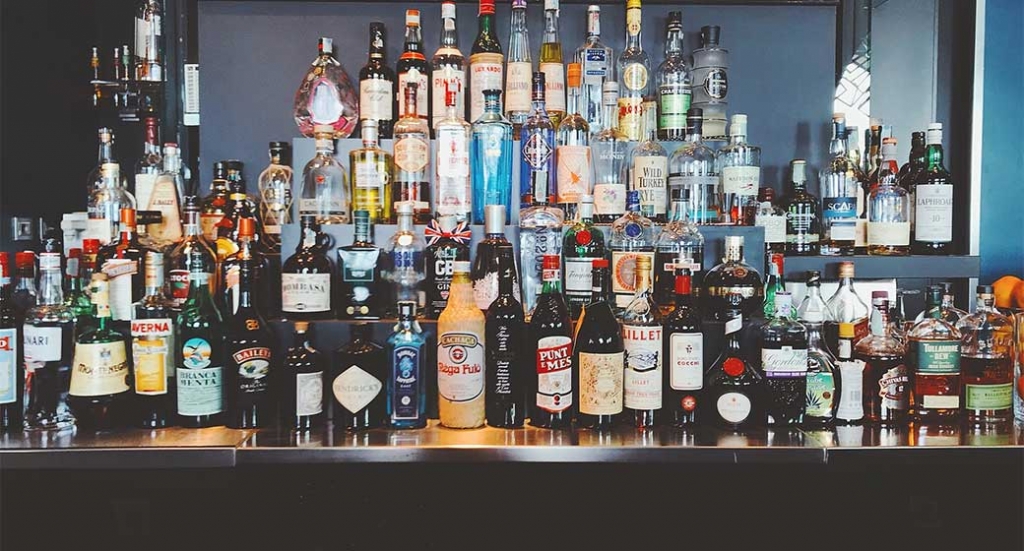

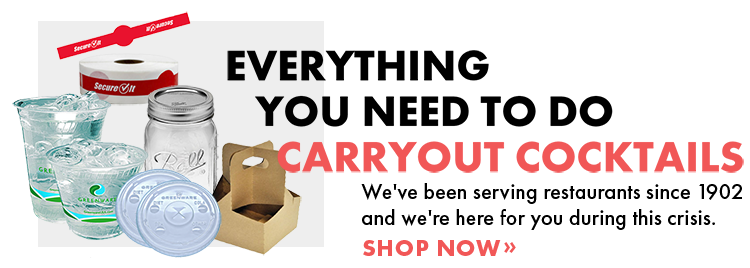


Nice post…Thanks!!